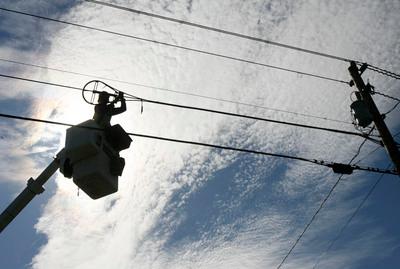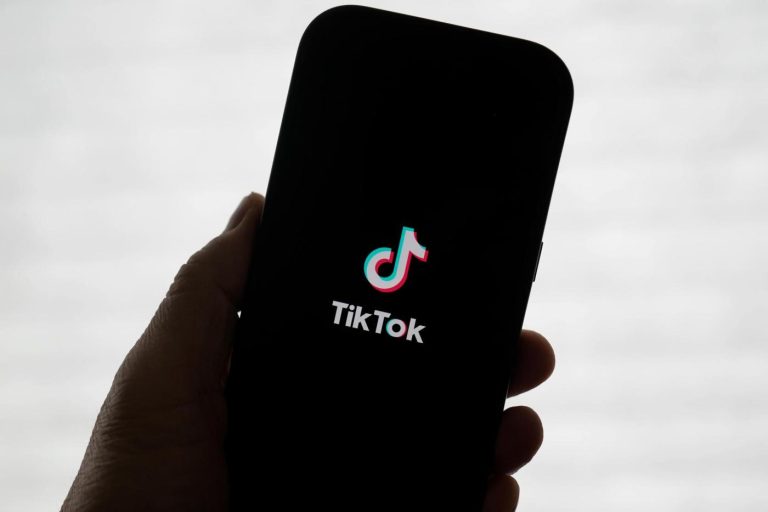As California works to bridge the digital divide, controversy swirls over who will get connected and whether there will be enough money to complete the job.
The state’s leaders have promised to expand high-speed internet access to all unserved or underserved neighborhoods. In 2021, Gov. Gavin Newsom signed a bill committing $6 billion of public funds to meet this ambitious goal. The Biden administration is kicking in another $1.9 billion for California from the 2021 infrastructure law.
So far, fiber-optic cable has been the technology of choice to connect Californians. Fiber is by far the best option for the state’s planned 10,000 miles of internet backbone to be built along major highways.
But when connecting that “last mile,” the final stretch from a major internet network to neighborhoods and individual households, dependence on fiber threatens California’s ability to meet its goals.
Fiber lines are expensive and can cost tens of thousands of dollars per mile to lay underground. String them on poles in a mountainous area and you’re spending millions to connect a small number of users — as the state demonstrated this year with a pricey deal for Plumas County. Such costs to provide last-mile internet access will quickly drain the biggest budgets.
So, California should develop plans that combine fiber with alternative technology for those last-mile connections. In some situations, fixed wireless, satellite and even old-fashioned coaxial cable technologies can offer more cost-effective internet connections while still meeting state and federal standards for speed.
Fixed wireless — where wireless routers are attached to towers or other tall structures — can be especially helpful in remote, mountainous and rural areas. Today it serves 4% of California’s residential broadband subscriptions. But fixed wireless could also be a cheaper solution for underserved or unserved suburbs and urban areas.
Fortunately, after years of prioritizing fiber projects, the California Public Utilities Commission appears more open to alternatives — at least in its public statements. It remains to be seen if the agency follows through and incorporates other technologies in a meaningful way to cost-effectively bridge the digital divide.
It is ironic that, in a state known for technological advances, California’s leaders have taken so long to seriously consider cheaper alternatives to fiber. Newsom even vetoed a state Senate bill last year designed to let eligible wireless carriers apply for billions in state grants to expand internet access, claiming that bringing in wireless options would slow the entire initiative down.
But, without them, California’s efforts to expand internet access have been troubled. The statewide initiative, launched in 2021, has devolved into a wasteful and reckless allocation of billions of dollars, using flawed maps to develop the main connection routes. Now the program is out of money to build all its planned 10,000 miles of backbone fiber-optic networks. Officials are anxiously awaiting another $1.5 billion in the upcoming state budget to finish the job.
But there’s no guarantee that any more state money is coming, especially with a state budget shortfall estimated at somewhere between $38 billion and $73 billion next fiscal year.
As for the federal funding, the agency in charge prefers fiber connections, but its overall goal is to help states reach all households with poor or no internet service, even if that means bringing in other technologies.
Related Articles
Millions could lose internet access if this federal program expires
Magid: Fixing a slow internet connection
Google to stop showing links to California news reports
She asked the internet to find husband who ‘ghosted’ her and their kids. He was tracked down within hours
Opposition mounts to AT&T’s plan to stop landline service in most of Bay Area
California’s goal should be to get high-speed internet to as many people as possible, as cost effectively as possible.
While the CPUC claims to support that goal, it approved in January a $5 million project using fiber for about a 60-mile connection of just 31 Plumas County households simply because no other providers applied for the grant.
It’s not enough to be open to alternatives to expensive fiber lines when expanding last-mile access. The CPUC must aggressively utilize cost-effective technologies.
Paying lip service to alternatives while embracing fiber as a default setting will waste public funds and endanger statewide delivery of high-speed internet.












